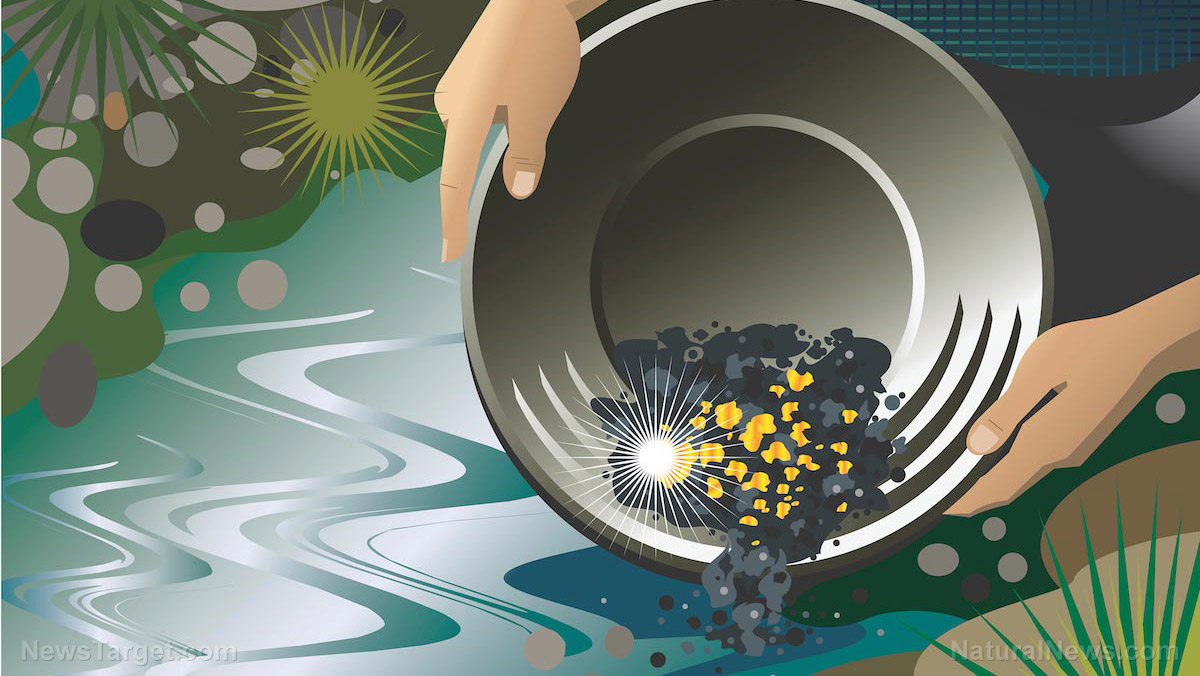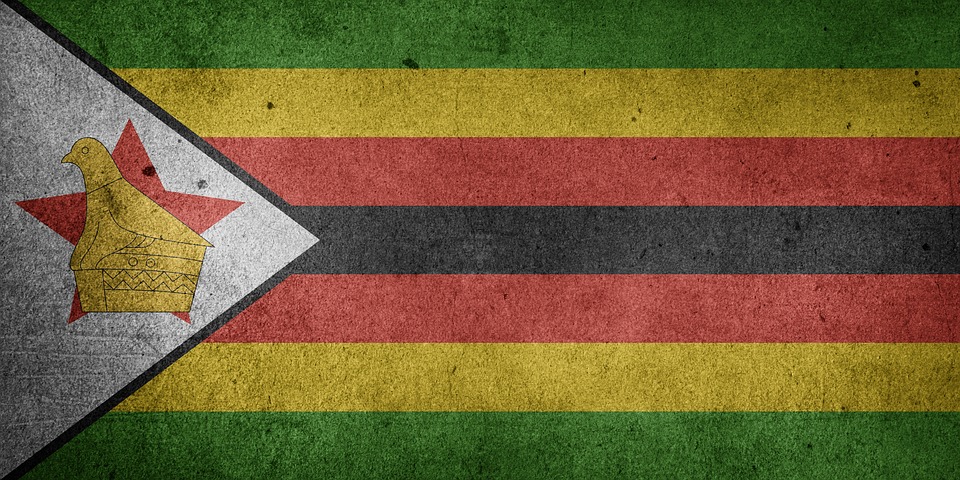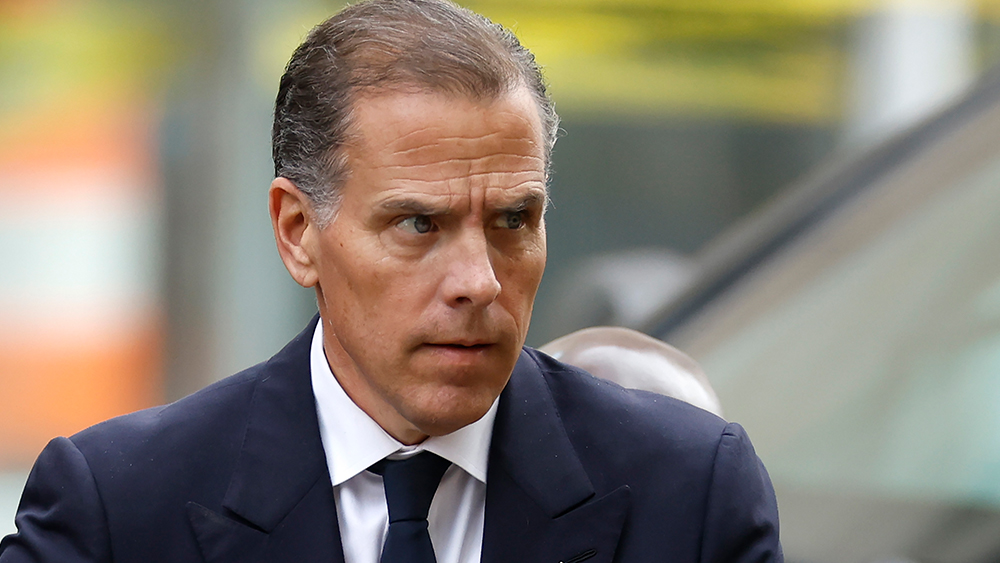
Some companies are trying to reduce their reliance on cobalt as concerns grow about working conditions at mines
Cobalt is used for making everything from electric vehicle batteries and aerospace materials to cell phone batteries and magnets. Some companies have been trying to phase out their use of cobalt in batteries in response to growing concerns about the dangerous working conditions found in informal mines in the DRC, and Indonesia’s growing presence could ease dependence on questionable suppliers. Although most of last year’s supply increase can be attributed to larger-scale industrial cobalt miners, “artisanal miner” output also rose significantly. While companies like Tesla and Apple have long assured customers that their products are ethically sourced, images released earlier this year from DRC mines paint an alarming picture of kids working in dangerous and often inhumane conditions to earn around $2 a day. One woman could be seen in the photos holding her infant while mining, while numerous barefoot children could be seen carrying very large and presumably quite heavy sacks of rocks on their backs. Many of these companies can make their claims of ethical sourcing based solely on the fact that they do not deal with the mines directly, buying cobalt from intermediaries such as refiners or smelters who they hold to codes of conduct instead. Siddharth Kara, researcher and adjunct lecturer at the Harvard Kennedy School, said that the growing demand for eco-friendly vehicles is having a devastating effect in Congo: “It’s supposed to be a green choice, getting an EV. Well it’s not green for everybody.” Many of the children working these mines, he noted, have to choose between getting to eat that day and being exposed to toxic cobalt and its potential to cause lung disease, cancer and deafness. Sources for this article include: Mining.com Finance.Yahoo.com DailyMail.co.ukSen. Mark Kelly calls for social media CENSORSHIP to prevent bank runs
By Ramon Tomey // Share
Informal miners in Colombia block roads to protest government’s crackdown on illegal machines
By Belle Carter // Share
Prepare for governments to push CBDCs in the wake of the Silicon Valley Bank collapse
By News Editors // Share
Russia accuses Lindsey Graham of trying to start an “apocalyptic conflict”
By News Editors // Share
African nation wants to join BRICS
By News Editors // Share
EPA’s woke “good neighbor” plan is irresponsible
By News Editors // Share
The silent alarm: Why hand numbness demands your attention
By willowt // Share
Hunter Biden DISBARRED in Connecticut over firearm and tax convictions
By ramontomeydw // Share
Israel announces plan to demolish residential buildings in West Bank's Nur Shams camp
By kevinhughes // Share
Microscopic robotics: Tiny machines now sense, think and act autonomously
By patricklewis // Share











